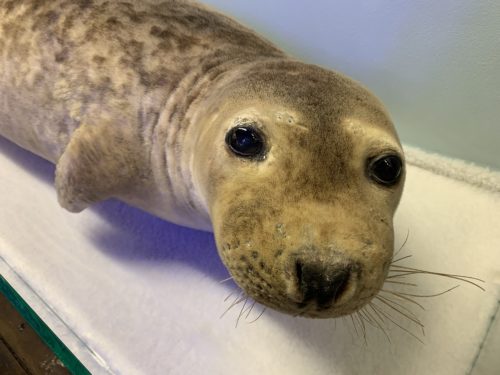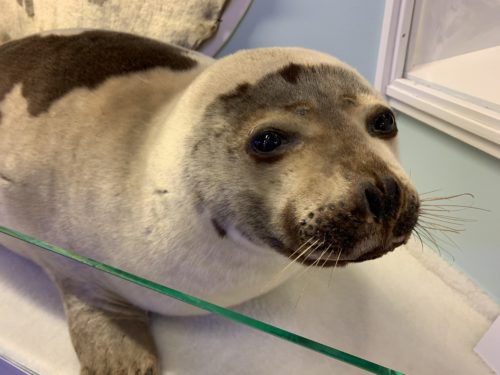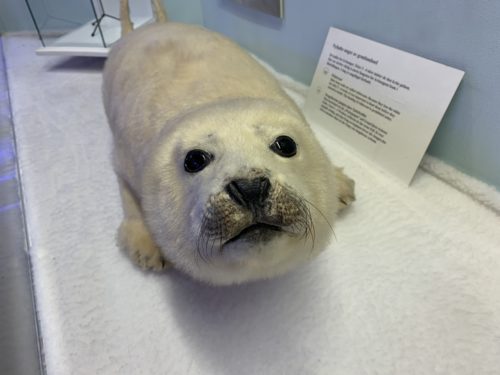If there is one word that can describe the western part of South Jutland, it is “flat”. It is a land of endless horizons and big skies.

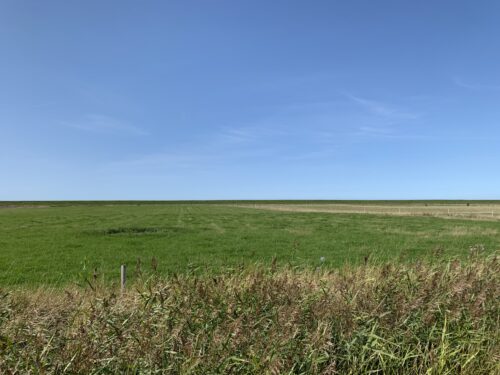
At the west coast the land peters out and becomes ocean in tidal flats known as the Wadden Sea, which is part of the North Sea. It is the largest tidal flats area in the world and is a UNESCO World Heritage Site.
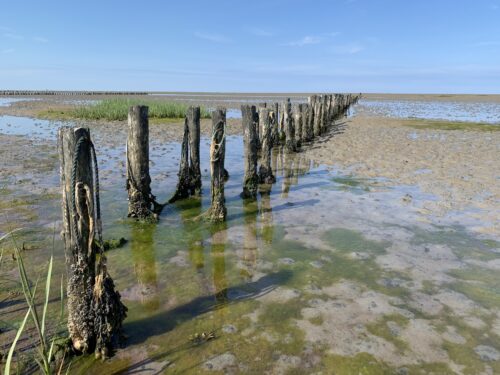
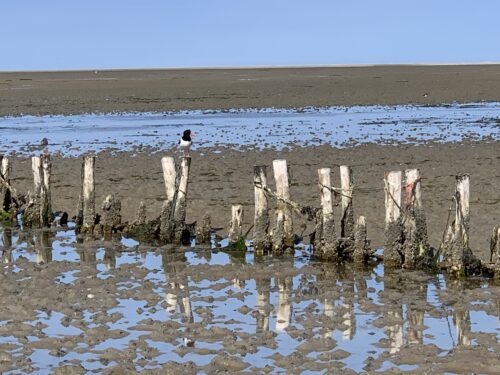
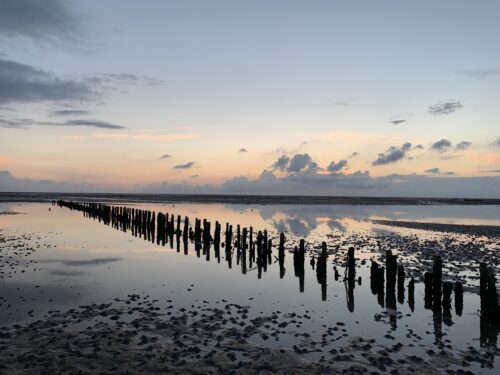
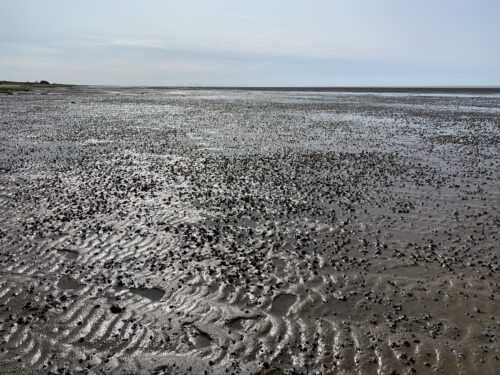
The Wadden Sea is an important habitat for birds and other creatures, and at low tide all sorts of interesting things appear. The wormy looking things are poop from lugworms. They vacuum their way through the sand, using bristles to pick up bacteria and other tiny things, then egest the cleansed sand on the surface. The screeching bird in the video is an oystercatcher, not at all pleased by our presence.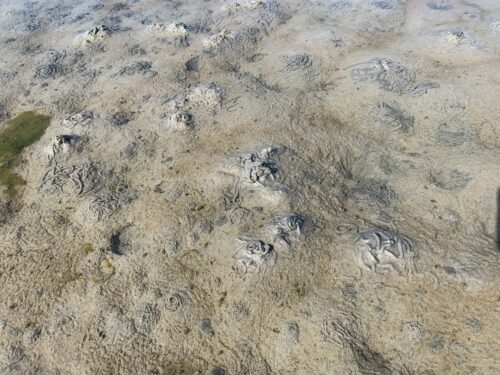

A couple of friends living in South Jutland and I spend some days on the tiny island of Mandø (8 m2 or 86 sq ft) in the Wadden Sea. The island population is a mere 35 people, and there is not much happening here. It is the perfect place to unwind, listen to birdsong, go for walks and gaze at sunsets.

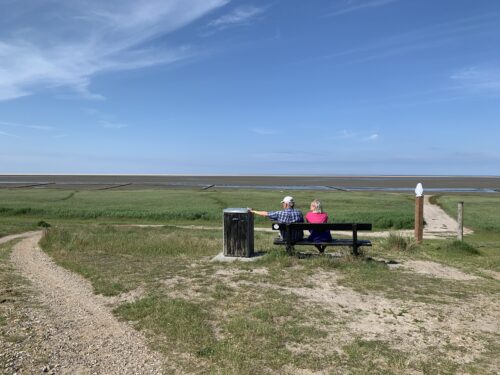


Crossing over to the island is an adventure in itself because the road is only visible at low tide. It seems to disappear into the horizon as if leading us all the way to England (or Canada!)


A walk around the island is a pleasant 10 km excursion, but you need to time it right and walk at the right speed so that you don’t get caught by high tide. Along the way we find salt-loving sea-lavender.
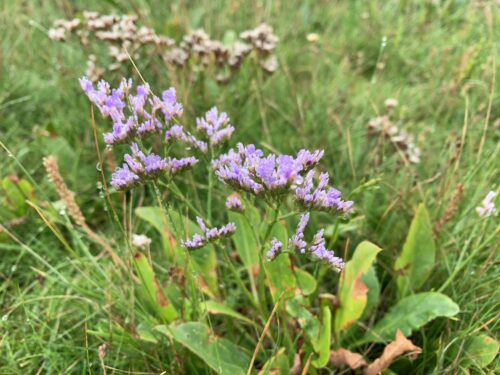
The incoming water creates artful pools. As the tide flows towards land, we need to hop farther and farther to stay dry-footed. The fog lends a sense of mystery and infinity.

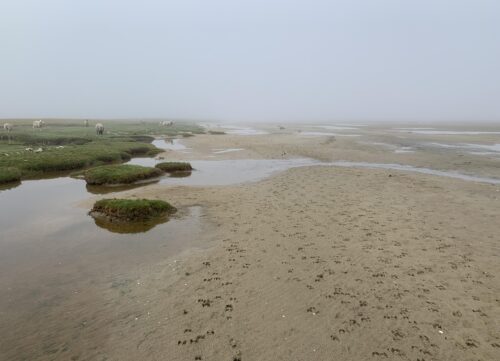
Dykes and canal prevent farmland from being flooded. Further inland, a variety of blooms lend colour to the landscape. 

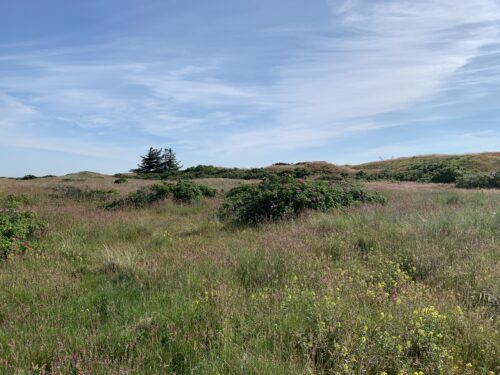
One of the most impressive natural phenomena in southwestern Jutland is the gathering of hundreds of thousands of starlings at dusk in the spring and autumn. They settle down for the night in the marshes, perching precariously on the grasses. A few arrive at first, like the first random snowflakes at the start of a snowstorm. Dozens, then hundreds more arrive until there is a veritable bird blizzard. Up and down, back and forth they fly in an aerial ballet that aims to confuse raptors before they suddenly descend in unison, like one organism.


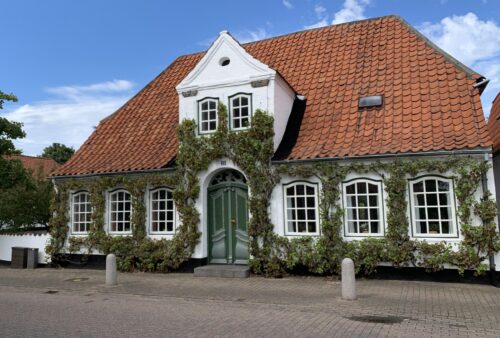
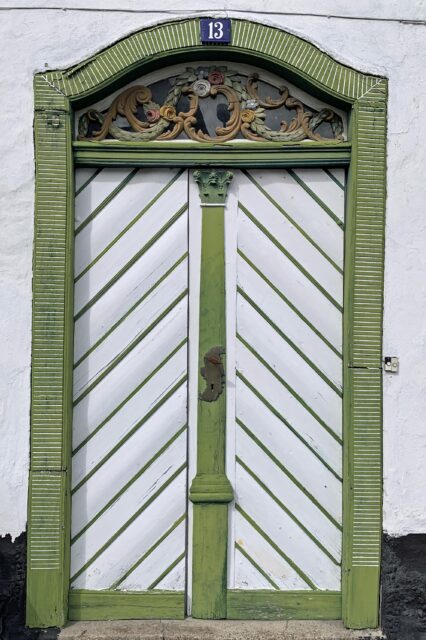

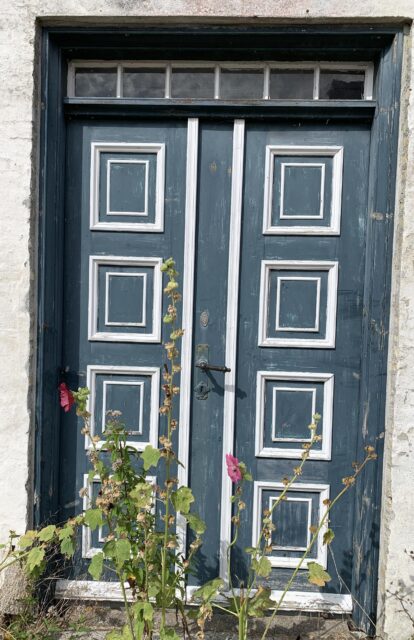
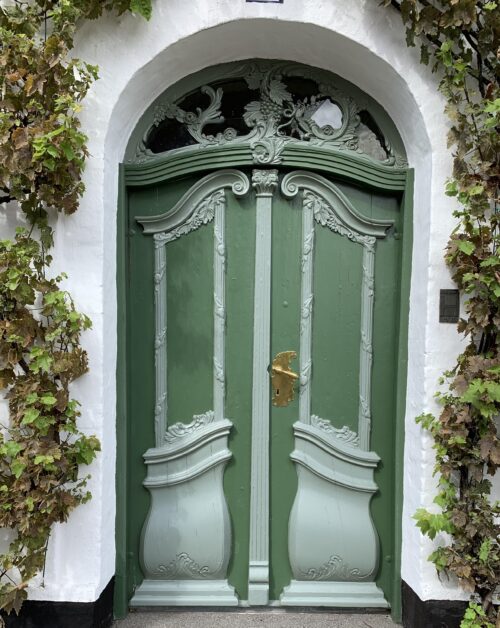
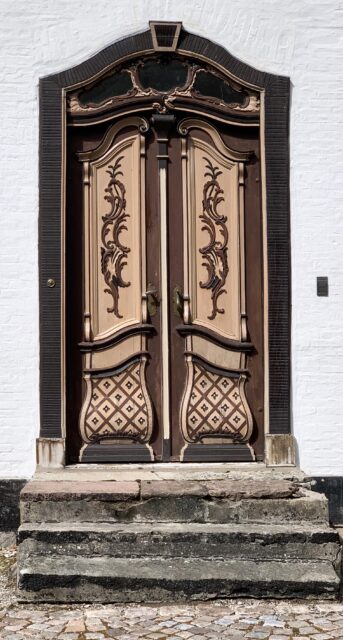
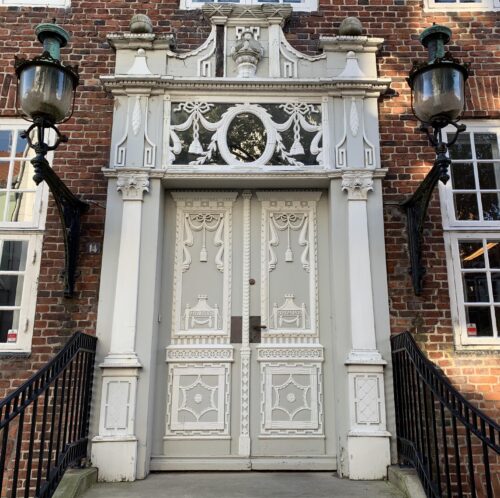
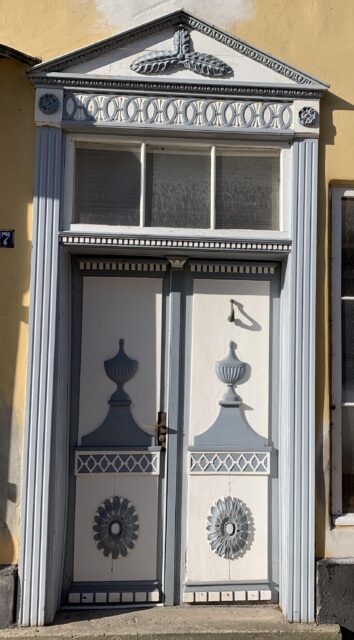
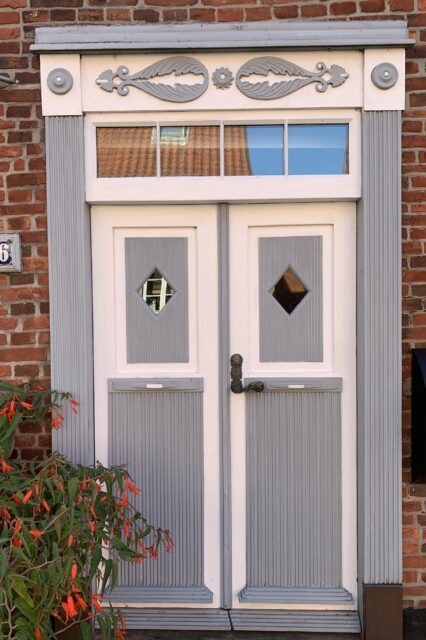
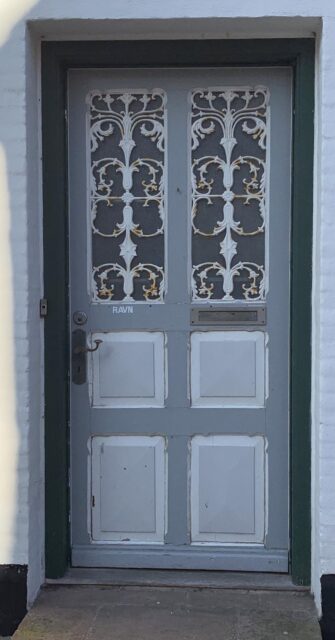
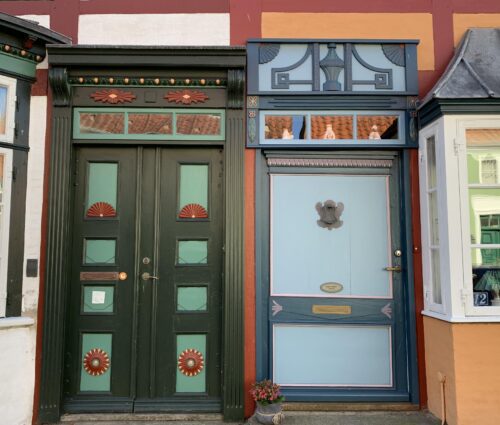
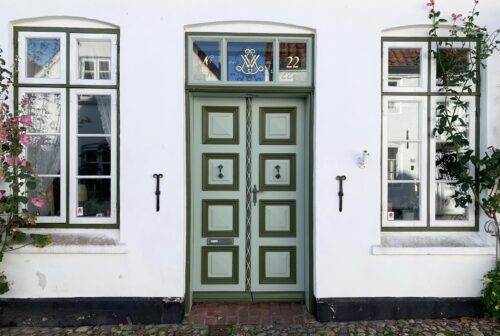
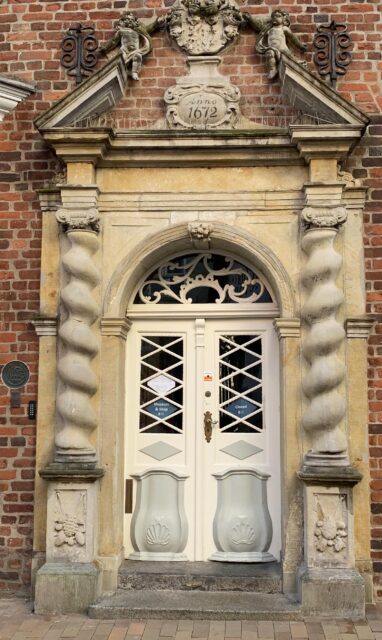
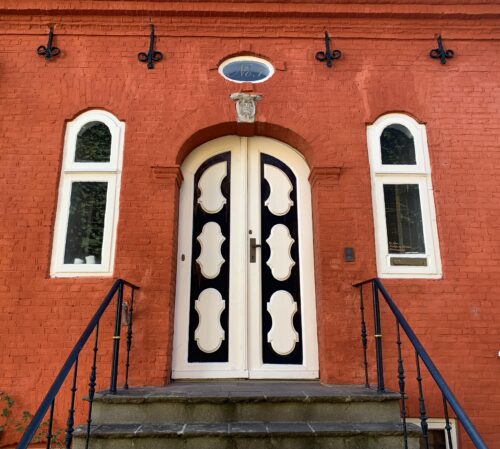
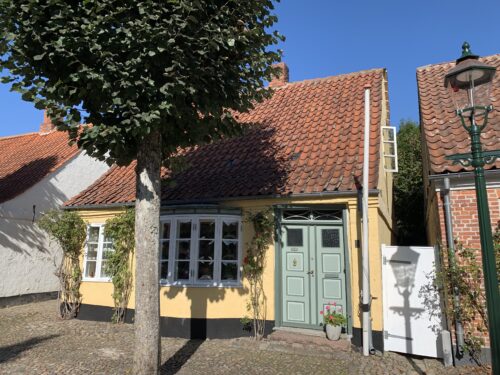
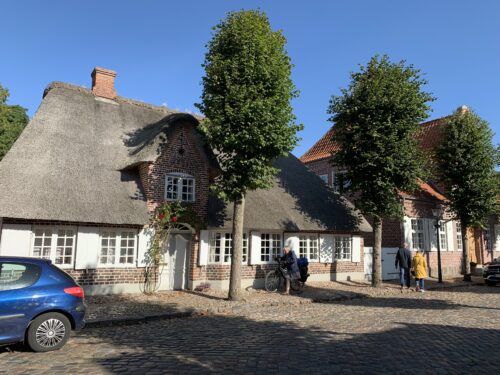
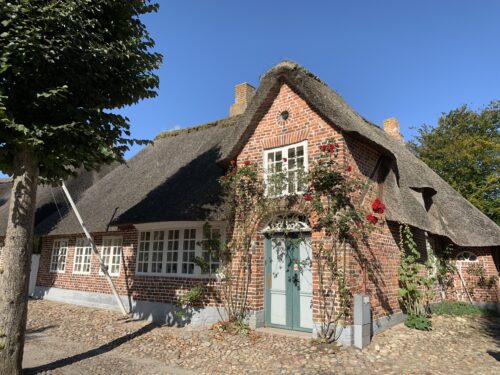
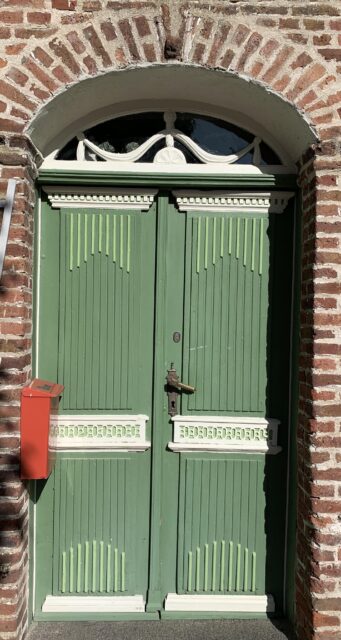


 Walking further down the cobbled lanes past the castle, the inn, and the quaint houses brings you to the ornately decorated church that was built in the middle of the 12th century.
Walking further down the cobbled lanes past the castle, the inn, and the quaint houses brings you to the ornately decorated church that was built in the middle of the 12th century.


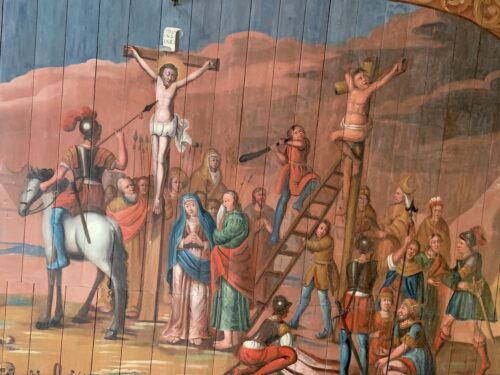

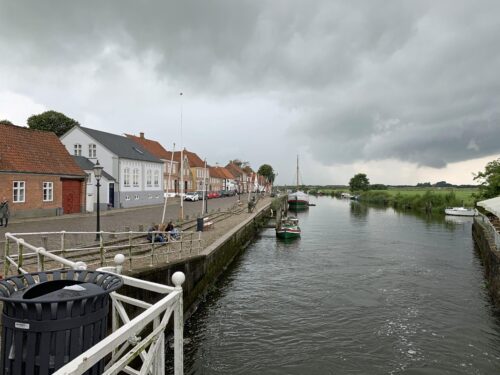
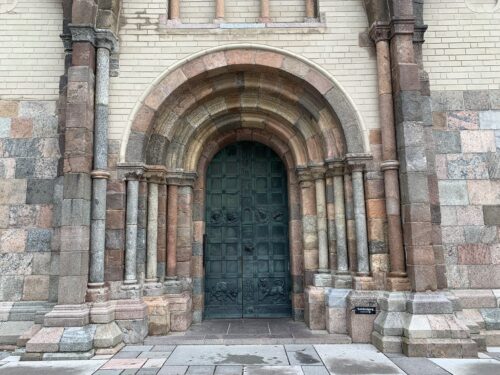
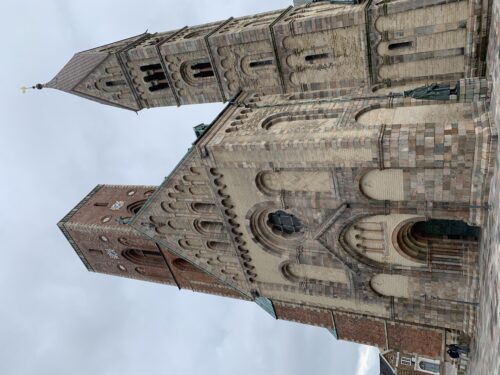
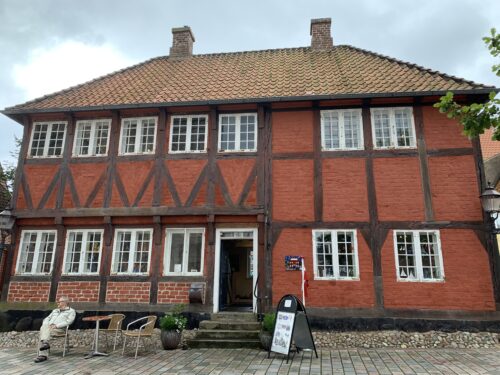
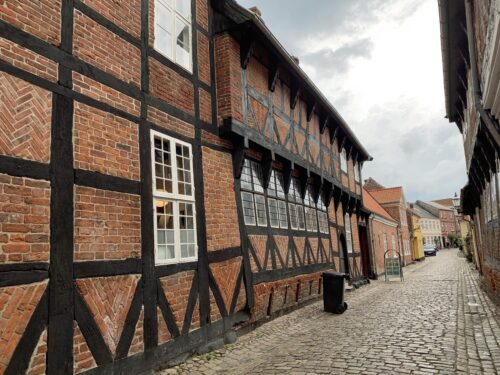
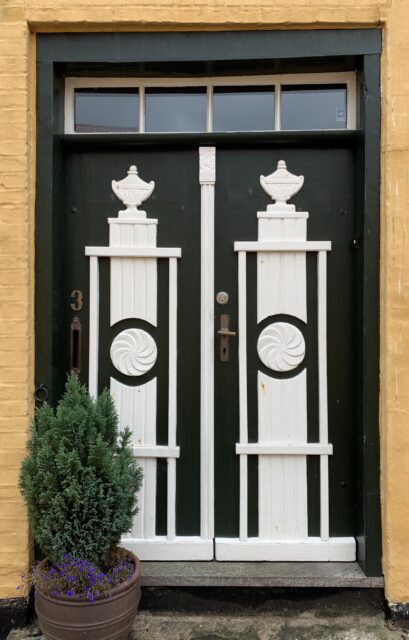

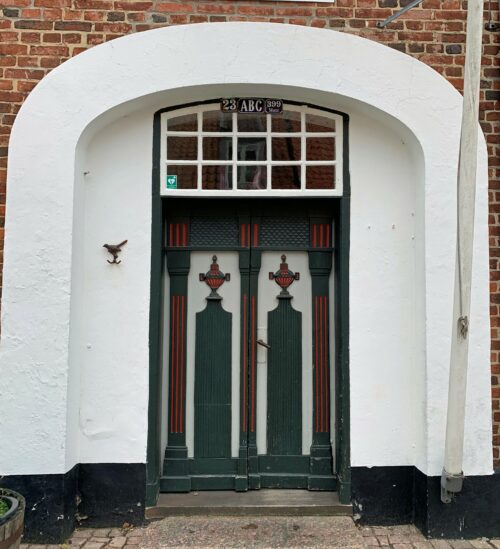
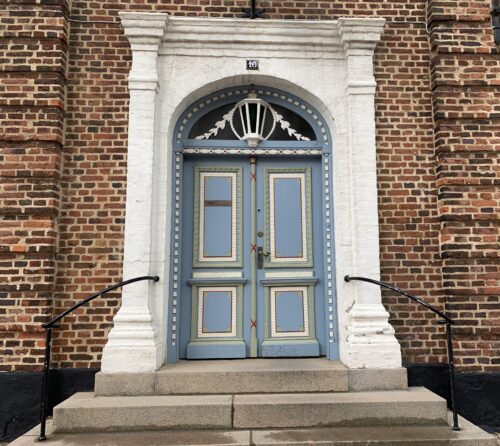
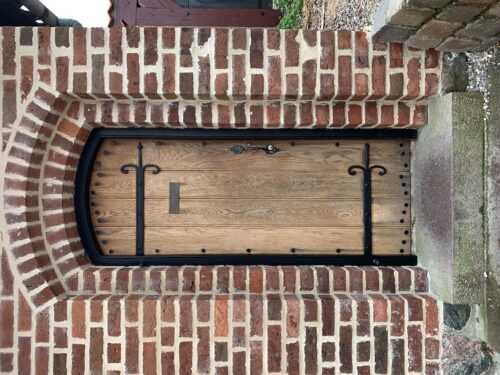

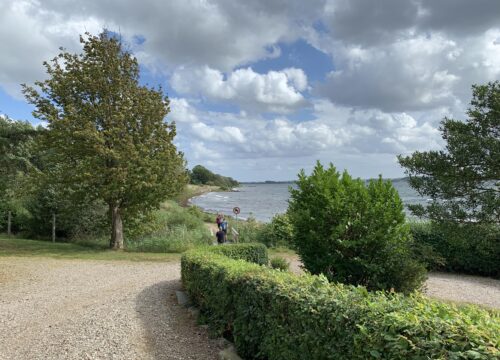
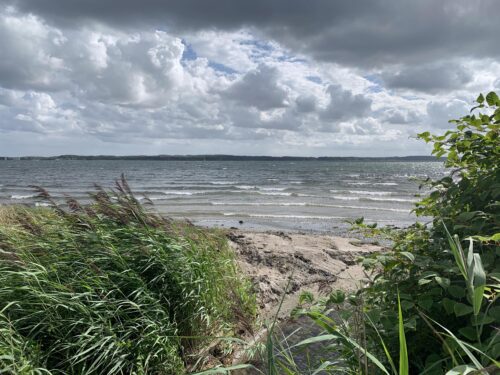
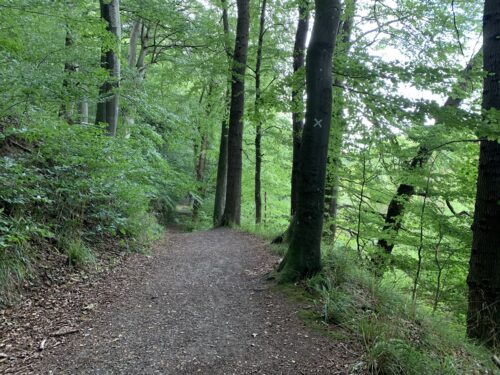
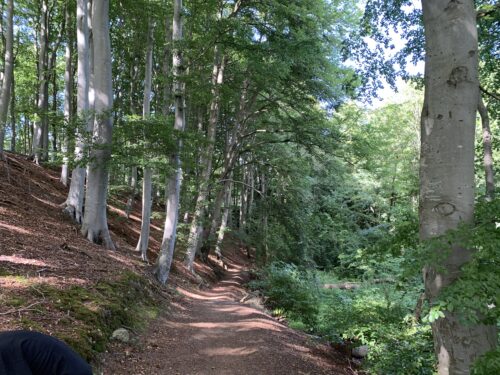
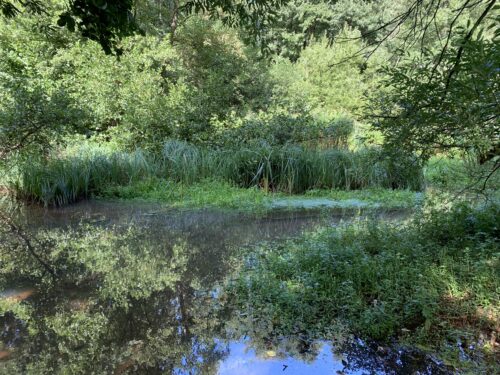



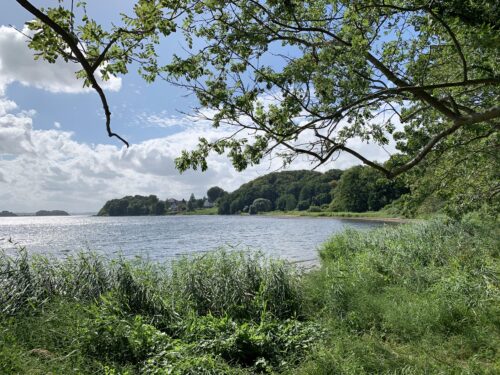

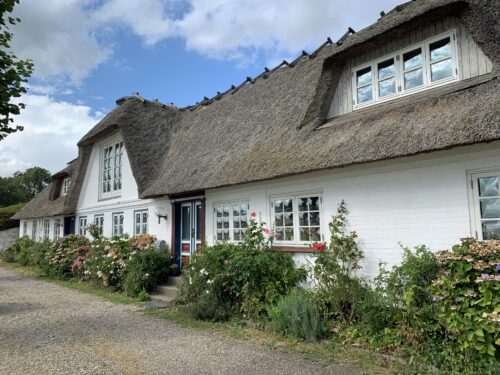
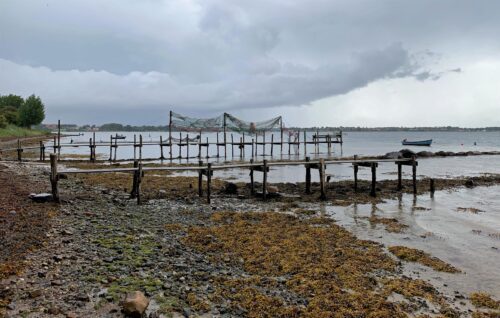
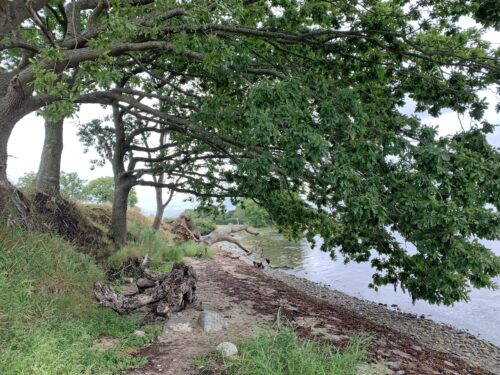

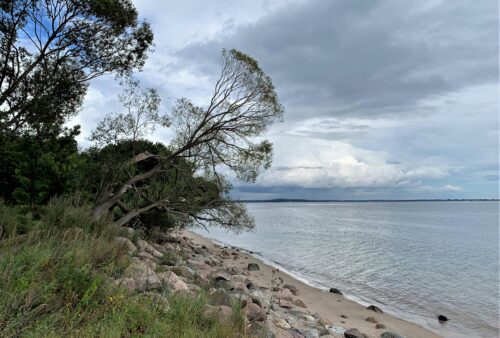

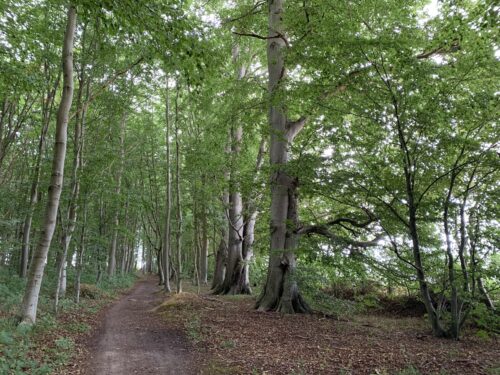

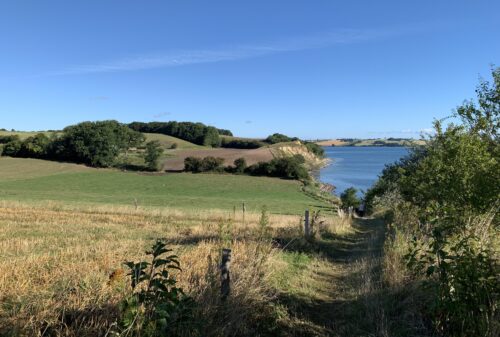

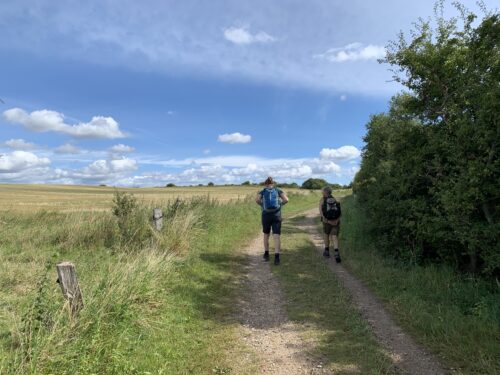


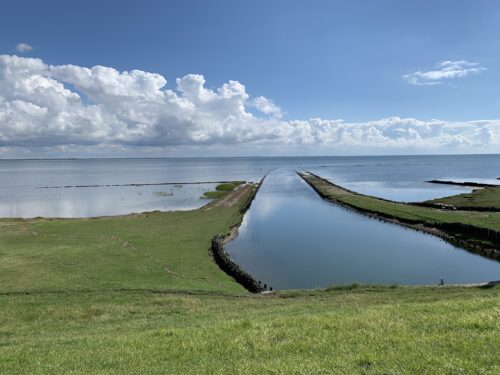
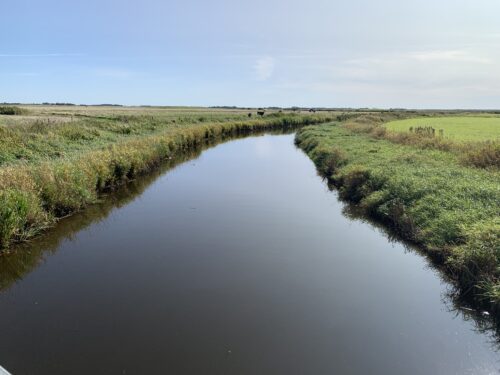
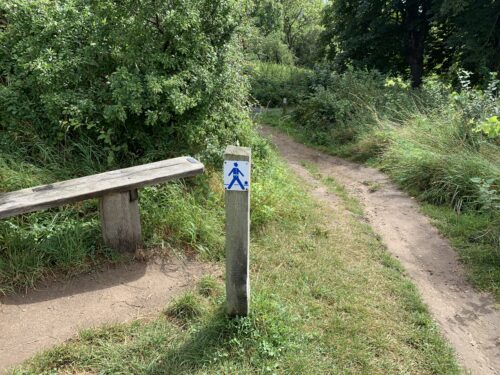
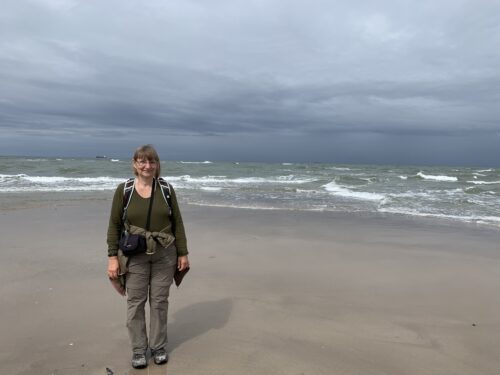
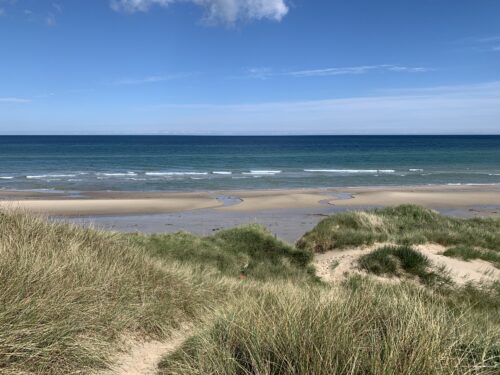
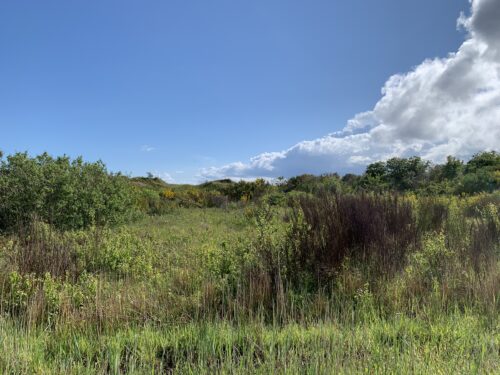

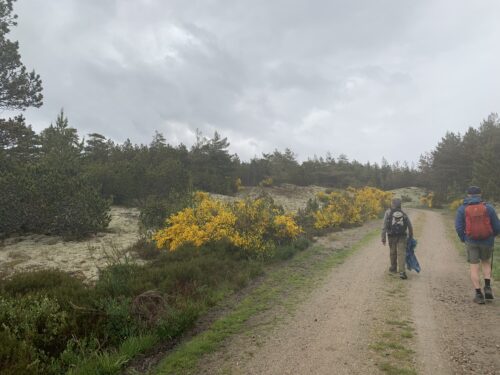

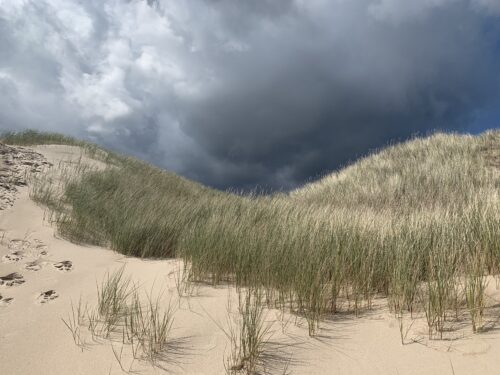


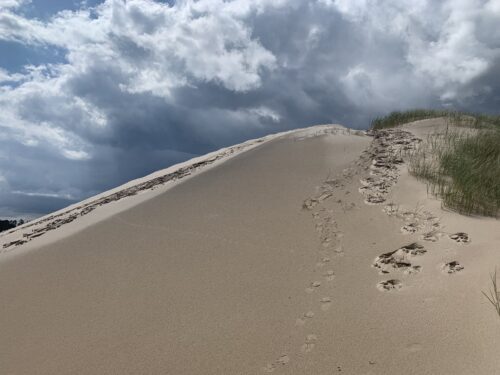
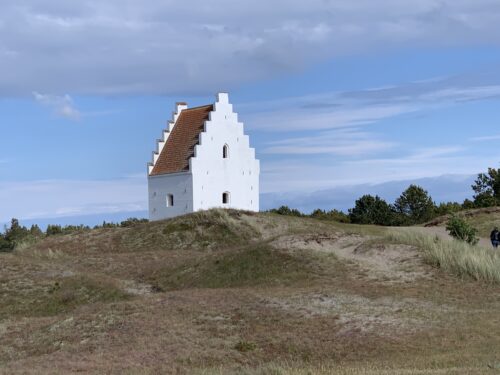


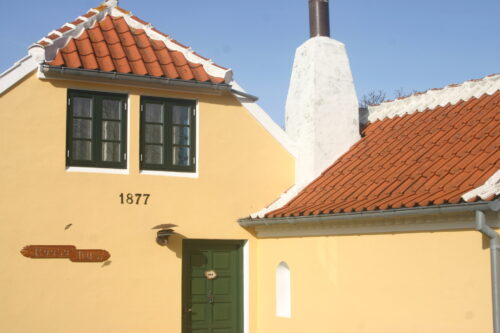
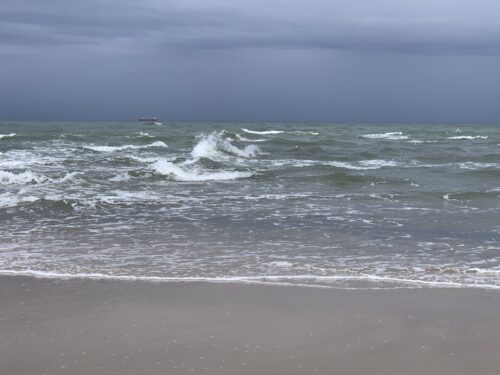





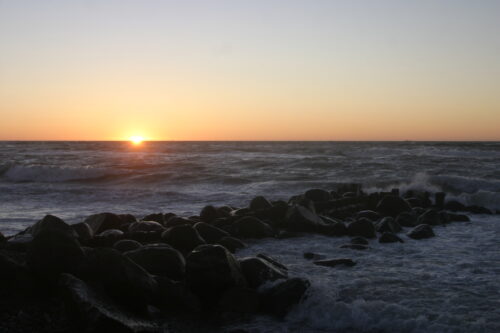

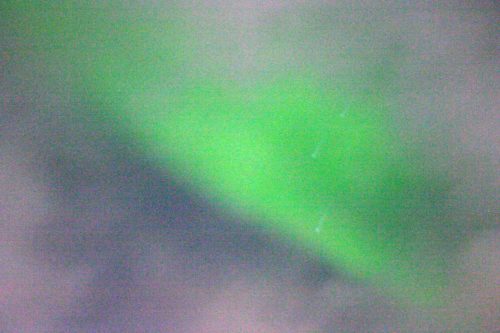
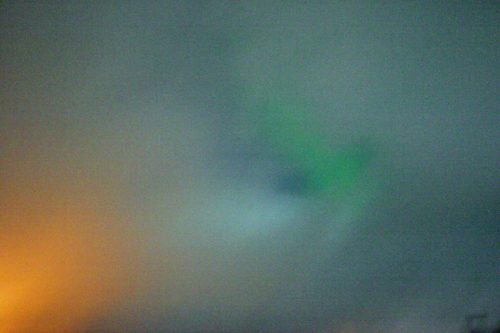 Playing around with night photography for the first time also gives me a shot that looks like an impressionist George Seurat painting.
Playing around with night photography for the first time also gives me a shot that looks like an impressionist George Seurat painting.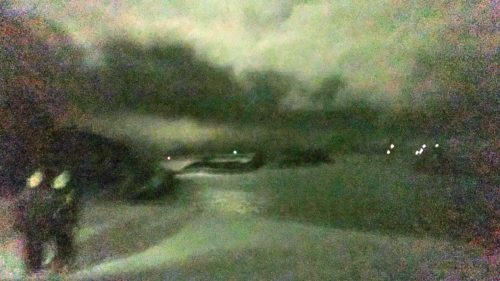

 On the way back to town, I stop in at the Arctic Cathedral (which is actually not a cathedral but a parish church). Its nickname in Norwegian, Ishavskatedralen, means arctic sea cathedral.
On the way back to town, I stop in at the Arctic Cathedral (which is actually not a cathedral but a parish church). Its nickname in Norwegian, Ishavskatedralen, means arctic sea cathedral.
 Note the bridge and the city of Tromsø in the background in the photo below:
Note the bridge and the city of Tromsø in the background in the photo below: 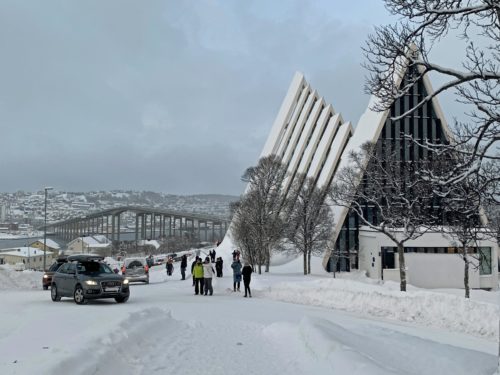
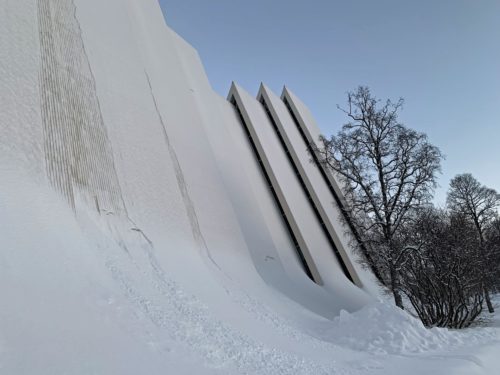 Built in 1965, it has an impressively large and beautiful stained glass window.
Built in 1965, it has an impressively large and beautiful stained glass window.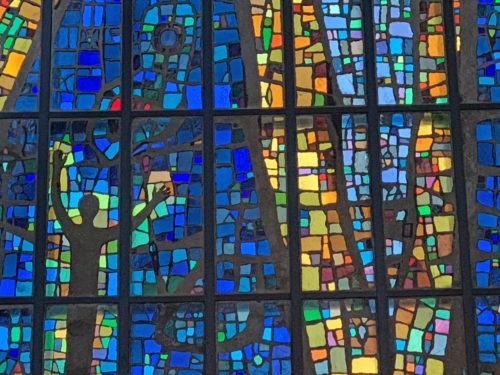
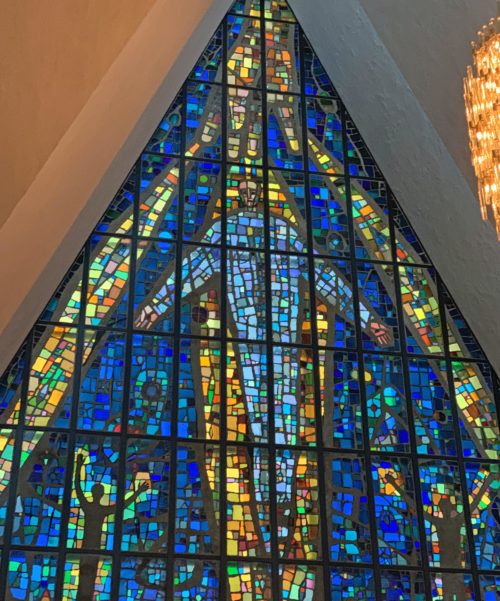
 Returning back by the bridge, I catch a photo of the afternoon light.
Returning back by the bridge, I catch a photo of the afternoon light.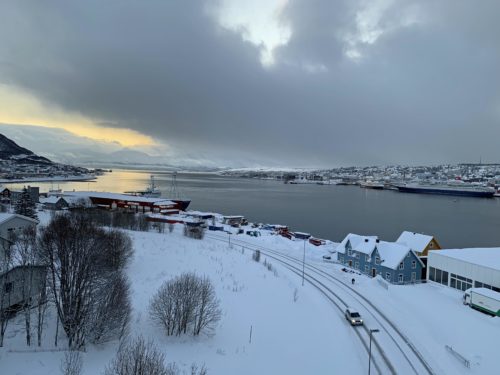 Although north of the Arctic Circle, Tromsø enjoys relatively warm weather compared to other places on the same latitude due to warming from the Gulf Stream. This means that trees can grow. And that many of the buildings are made of wood. The colourful old buildings stand out up in the otherwise white cityscape.
Although north of the Arctic Circle, Tromsø enjoys relatively warm weather compared to other places on the same latitude due to warming from the Gulf Stream. This means that trees can grow. And that many of the buildings are made of wood. The colourful old buildings stand out up in the otherwise white cityscape.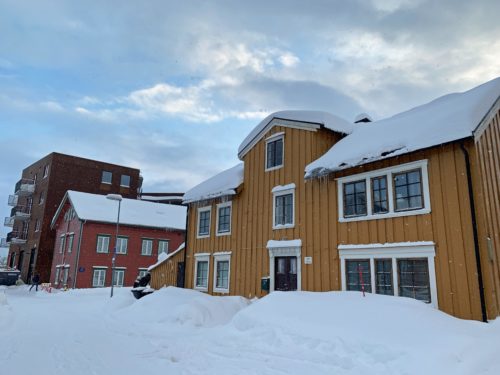

 Tromsø Cathedral was built in 1861 and is Norway’s only wooden Protestant cathedral.
Tromsø Cathedral was built in 1861 and is Norway’s only wooden Protestant cathedral.
 The excellent Polar Museum describes the various adventures, many of which went to the Svalbard archipelago that lies even farther north and is even more remote than Tromsø. The area teemed with furry or blubbery wildlife, so the hunt was on for various types of seal as well as walruses, polar bears, Arctic foxes, reindeer, whales, birds and fish.
The excellent Polar Museum describes the various adventures, many of which went to the Svalbard archipelago that lies even farther north and is even more remote than Tromsø. The area teemed with furry or blubbery wildlife, so the hunt was on for various types of seal as well as walruses, polar bears, Arctic foxes, reindeer, whales, birds and fish.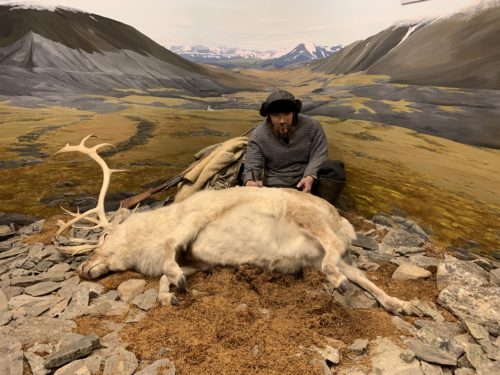
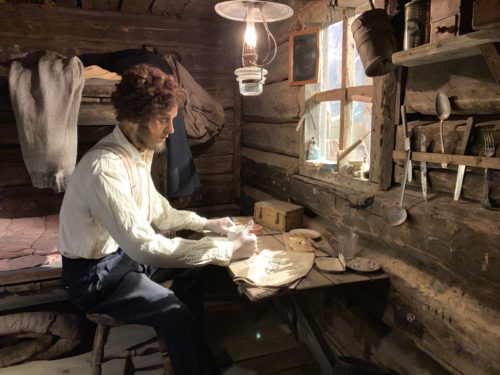 The numbers of polar bears killed in the period up to as late as the 1970s is appalling, as were some of the methods used. In the 1920s, for example, about 900 polar bears were killed every single year. The hunters used guns, poison, traps, and baited self-shooters like the contraption pictured below, where the polar bear pokes its curious head into the baited box and triggers a sawed-off gun that shoots it. Sometimes the polar bear died; sometimes it was merely wounded. Often, motherless cubs were left behind.
The numbers of polar bears killed in the period up to as late as the 1970s is appalling, as were some of the methods used. In the 1920s, for example, about 900 polar bears were killed every single year. The hunters used guns, poison, traps, and baited self-shooters like the contraption pictured below, where the polar bear pokes its curious head into the baited box and triggers a sawed-off gun that shoots it. Sometimes the polar bear died; sometimes it was merely wounded. Often, motherless cubs were left behind. Seal pups, like the three different kinds of stuffed ones pictured below, were bashed on the head with a blunt instrument to render them unconscious after which they were hit on the head with the spiked side of the same instrument to kill them – instantly, so it is said.
Seal pups, like the three different kinds of stuffed ones pictured below, were bashed on the head with a blunt instrument to render them unconscious after which they were hit on the head with the spiked side of the same instrument to kill them – instantly, so it is said.